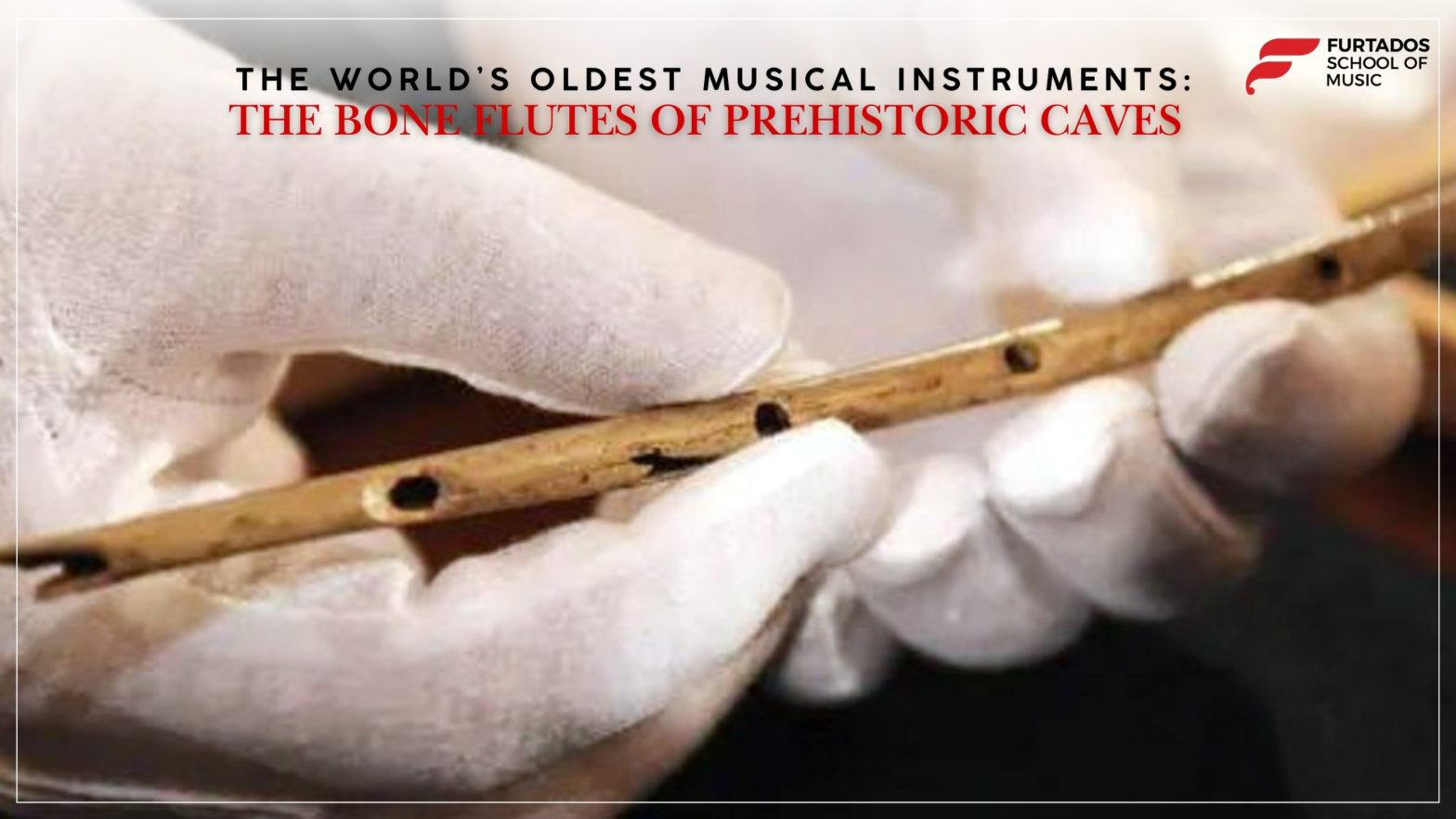Music has been an integral part of human culture for thousands of years, but have you ever wondered what the Oldest musical instruments looked like? Archaeologists have uncovered evidence that our ancestors were making and playing music over 40,000 years ago. The oldest known instruments are bone flutes, discovered in caves across Europe. These remarkable artifacts provide insight into early human creativity, communication, and cultural expression.
The Discovery of the Oldest Bone Flutes
One of the most famous discoveries of ancient musical instruments is the Divje Babe Flute, found in a cave in Slovenia. This flute, estimated to be around 50,000 years old, is made from the femur of a cave bear with carefully placed holes. Some researchers believe it was created by Neanderthals, making it the oldest known example of music-making in human history. However, there is debate about whether the holes were intentionally made by humans or caused by animal bites.
Other important findings include the Hohle Fels Flute, discovered in Germany’s Swabian Jura region. This flute, made from a bird bone, dates back 40,000 years and is considered one of the earliest instruments created by Homo sapiens. Another set of flutes, known as the Geissenklösterle Flutes, were also found in Germany and are estimated to be 42,000–43,000 years old. These flutes were carved from bird bones and mammoth ivory, demonstrating early humans’ ability to craft delicate and sophisticated musical tools.
How Were These Flutes Made?
Early humans used bones from birds and mammals to create these flutes. Bird bones were particularly suitable because they are naturally hollow, making them ideal for producing sound. The instruments were carefully crafted by:
- Selecting the Right Material – Bones from birds, such as vultures and swans, or mammoth ivory were used.
- Drilling or Carving Holes – Small holes were made at specific points to allow different notes to be played.
- Shaping the Instrument – The ends of the bone were sometimes shaped into mouthpieces for better airflow and sound production.
These flutes likely played a variety of notes, suggesting that prehistoric humans understood basic musical scales and melody.
The Role of Music in Prehistoric Societies
The presence of these ancient flutes raises important questions about the role of music in early human societies. While we can only speculate, possible purposes of these instruments include:
- Communication – Music may have been used to signal group members over distances.
- Rituals and Ceremonies – Many cultures have long used music in religious and spiritual practices.
- Social Bonding – Playing music together could have strengthened community ties and cooperation.
- Entertainment and Creativity – Music may have simply been a source of joy and artistic expression.
The existence of such well-crafted instruments suggests that music played an essential role in prehistoric life, possibly even contributing to human survival by fostering social connections.
The Legacy of the World’s Oldest Musical Instruments
These ancient flutes are more than just artifacts; they are a testament to the enduring power of music. They show that long before the invention of written language, humans had already developed a deep appreciation for melody and rhythm. The ability to create and play music is one of the defining traits of our species, linking us to our ancestors in a profound way.
Today, musicians continue to experiment with sounds, much like our prehistoric predecessors. Modern technology, including AI-generated music, is revolutionizing music creation, yet the fundamental desire to express emotions through sound remains unchanged. The discovery of these flutes reminds us that music has been part of the human experience for tens of thousands of years—and will continue to be for generations to come.
